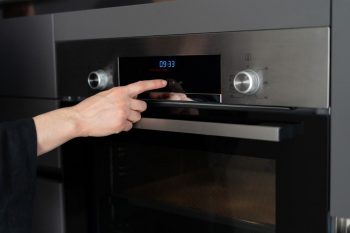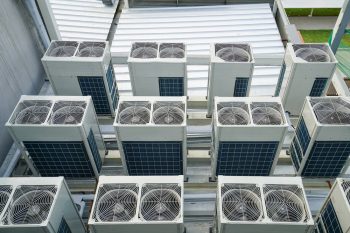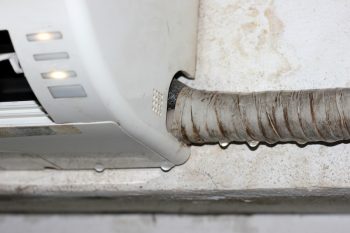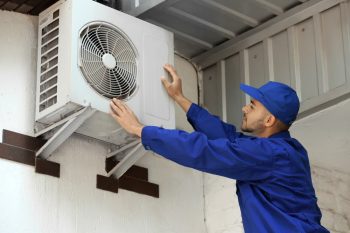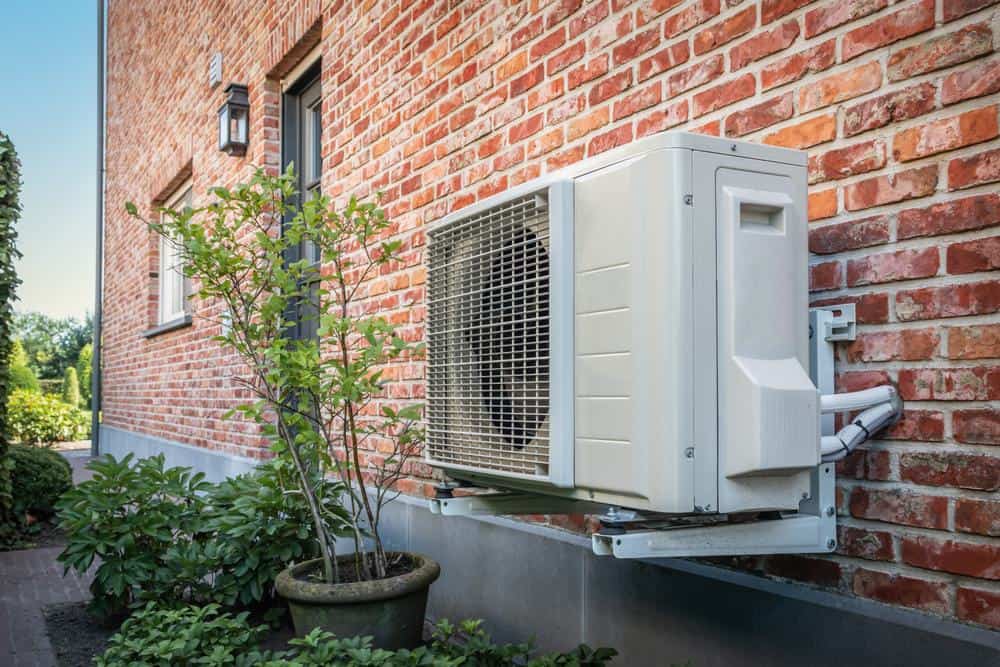
With the rise in environmental awareness and the need to reduce carbon footprint, more and more homeowners are turning towards renewable energy sources. One of the most effective ways to do so is by running appliances like air conditioners on solar power. This article will provide a comprehensive guide on how to run an air conditioner on solar power.
To run an air conditioner on solar power, you need to install solar panels that convert sunlight into electricity. This electricity is then stored in a battery bank through a solar charge controller. If your air conditioner requires AC power, you’ll need an inverter to convert the DC power from the battery bank to AC power. Connect the battery bank to your air conditioning unit using appropriate wiring. Regular monitoring and maintenance will ensure the system’s efficiency. For safety and optimal performance, consider hiring a professional for the installation process.
Understanding Solar-Powered Air Conditioning
Before we delve into the details, let’s first understand the basic concept behind running an air conditioner on solar power. Solar-powered air conditioning involves using solar panels to generate electricity, which is then used to power the air conditioning unit. Solar panels convert sunlight into direct current (DC) electricity, which is then converted into alternating current (AC) electricity by an inverter. This AC electricity can be used to power the air conditioner directly or stored in a battery for later use.
There are two main types of solar air conditioning systems: thermal work-driven systems and electric photovoltaic cell-driven systems. Both systems offer their unique advantages and are suitable for different scenarios.
Key Components of a Solar-Powered Air Conditioning System
To set up a solar-powered air conditioner, you will need the following components:
- Solar Panels: These are used to collect and convert sunlight into electricity.
- Solar Charge Controller: This device regulates the voltage and current coming from the solar panels going to the battery bank to prevent overcharging.
- Battery Bank: This is where the generated electricity gets stored for later use.
- Air Conditioning Unit: This is the cooling device that uses the electricity from the battery bank.
- Inverter: If your air conditioning unit requires AC power, you will need an inverter to convert the DC power from the battery bank to AC power.
How to Install a Solar-Powered Air Conditioning System
Here’s a step-by-step guide on how to install a solar-powered air conditioning system at home:
- Install Solar Panels: Choose a suitable location, preferably your roof, to install the solar panels. The number of panels depends on the energy consumption of your air conditioner and the sunlight availability in your area.
- Set Up a Solar Charge Controller: Connect the solar panels to a solar charge controller. This will prevent the batteries from overcharging.
- Set Up a Battery Bank: Depending on the capacity needed, set up a battery bank to store the generated electricity.
- Choose an Inverter Air Conditioning Unit: An inverter air conditioning unit is more energy-efficient and suitable for solar power as it can adjust its power consumption according to the cooling demand.
- Connect the System: Use appropriate wiring to connect the battery bank to the inverter air conditioning unit. Ensure that you meet the electrical code requirements and power utility mandates for your area.
- Test and Monitor the System: Once the system is set up, test it to ensure it functions correctly. Regular monitoring and maintenance will help optimize its efficiency.
Remember, the installation process requires a certain level of technical skill. If you’re not comfortable doing it yourself, consider hiring a professional.
Cost and Efficiency
The average cost of setting up a solar-powered air conditioning system is around $3,400, excluding the cost of solar panels. Despite the high initial cost, the savings on energy bills in the long run make it a worthwhile investment.
When it comes to efficiency, solar-powered air conditioners are just as effective as traditional ones. They are more durable and reliable due to fewer moving parts and remain unaffected by power outages since they are independent of the grid.
Environmental Benefits
By running your air conditioner on solar power, you can reduce greenhouse gas emissions, improve air quality, decrease water usage, lower energy demand, and reduce reliance on nonrenewable energy sources.
Conclusion
While there are potential challenges such as initial cost, weather dependence, and maintenance, the benefits of a solar-powered air conditioner far outweigh the drawbacks. By making the switch, you contribute to a more sustainable future while enjoying the comfort of your air-conditioned home.
Frequently Asked Questions
How many solar panels do I need to run my air conditioner?
The number of solar panels needed will depend on a few factors including the power rating of your air conditioner, the amount of sunlight available in your area, and the efficiency of your solar panels. On average, a 1-ton air conditioner might require around 5-6 standard solar panels.
Can I use my existing air conditioner with the solar power system?
Yes, you can use your existing air conditioner with the solar power system. However, it’s recommended to use an inverter air conditioner as it is more energy-efficient and can adjust its power consumption according to the cooling demand.
What is the lifespan of a solar-powered air conditioning system?
The lifespan of a solar-powered air conditioning system can vary based on the quality of the components and maintenance. However, on average, solar panels have a lifespan of 25-30 years, while the inverter and battery may need to be replaced every 5-10 years.
Can a solar-powered air conditioner work at night?
Yes, a solar-powered air conditioner can work at night. The solar panels generate electricity during the day, which is stored in the battery bank. This stored energy can then be used to power the air conditioner at night.
What happens during cloudy days or in areas with less sunlight?
During cloudy days or in areas with less sunlight, the solar panels may generate less electricity. However, the battery bank stores excess electricity generated on sunny days, which can be used when the panels are not generating enough electricity. It’s also possible to remain connected to the grid for backup power.



